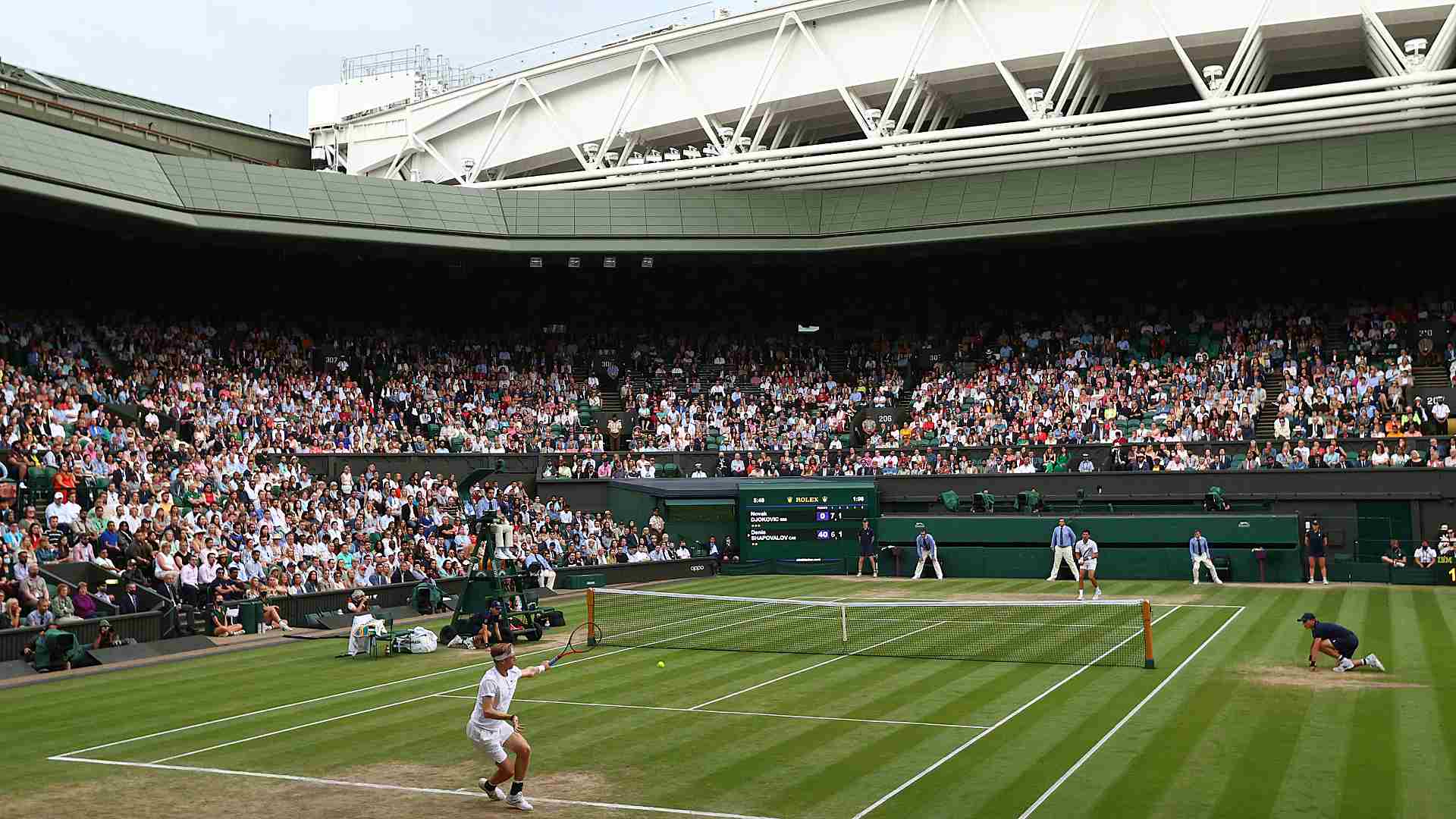At Wimbledon 2025, fashion and athleticism intertwined not as afterthoughts but as strategic instruments of brand equity, where every uniform, gesture, and courtside moment translated into quantifiable cultural capital
Key Takeaways:
- Global Sporting Events as a Luxury Marketing Platform: With $1.1 billion in Media Impact Value (MIV), Wimbledon 2025 cemented itself not just as a sports event but as a high-stakes arena for luxury storytelling and brand alignment.
- Enduring Value of Heritage Partnerships: Ralph Lauren’s long-term outfitting role delivered $22.5 million in MIV, proving that consistent, ritualized brand presence can outperform short-term hype.
- The Rise of Visual Brand Narratives: Jannik Sinner’s Rolex moment, worth $1.4 million in MIV, demonstrated how organic imagery and brand symbolism can become cultural currency when authenticity aligns with luxury codes.
- Experiential Integration Is Key: Brands must prioritize partnerships that authentically align with their identity—like Ralph Lauren with Wimbledon—ensuring their presence feels immersive, not incidental. Cultural relevance is most potent when it’s rooted in narrative, not noise.
In the elegant tableau of Wimbledon 2025, one could argue that the most pivotal moments occurred not merely between serves but within the seamless choreography of fashion, sport, and brand alignment. The tournament, long heralded as the crown jewel of tennis, this year became a crucible of cultural capital, generating $1.1 billion in Media Impact Value (MIV)—a record-setting ascent that underscores a crucial truth: Wimbledon has evolved beyond a championship. It is now a global platform upon which brands, athletes, and institutions negotiate their place in the contemporary imagination.
At the heart of this convergence was Ralph Lauren, whose enduring role as Wimbledon’s official outfitter once again proved to be a masterstroke in brand positioning. With $22.5 million in MIV—an increase of 20% from the previous year, the house reaffirmed the potency of long-term, integrated partnerships in an age often dominated by ephemeral virality. For Ralph Lauren, Wimbledon is not a seasonal campaign, it is a living extension of its core codes: tradition, elegance, and aspiration. The act of dressing umpires and ballpersons is more than functional; it is ritualistic, a sartorial claim to heritage that confers legitimacy on both the sport and the brand itself. In doing so, Ralph Lauren doesn’t simply clothe a moment—it cloaks it in meaning.
If Ralph Lauren embodies timeless continuity, Jannik Sinner represents a new chapter—one where youth, the pursuit of excellence, and luxury intersect with cinematic precision. Sinner’s victory at the tournament and the visual poetry that followed became an exemplar in non-verbal brand storytelling. Generating a total of $9.1 million in media impact value, with a single post generating $1.4 million alone. The image: Sinner cradling the Wimbledon trophy with a Rolex Cosmograph Daytona glinting on his wrist, with tags to both Rolex and Nike for which he has been an ambassador since 2019, ultimately became the most impactful placement of the tournament. In this instance, Rolex did not need to advertise. The watch, worn not as an accessory but as an heirloom-in-the-making, became an authentic symbol of legacy in motion. Sinner, with his composed elegance and quiet force, gave Rolex what no campaign could buy: narrative gravitas. Even amidst the victors and star-studded constellation of Wimbledon 2025, the Princess of Wales emerged as one of its most influential figures. Kate Middleton’s presence alone generated an astonishing $36 million in media impact value, underscoring the enduring potency of royal patronage within the cultural zeitgeist. Adorned in a custom Self-Portrait dress, she offered a masterclass in understated refinement—one that translated into $918,000 in MIV for the brand. The moment marked a 17% surge in Self-Portrait’s visibility year-over-year, affirming her singular power as both style icon and global tastemaker.
Meanwhile, Gucci offered a subtler, more introspective intervention. Rather than saturate the field with overt presence, the house chose to operate through nuance. Sinner’s monogrammed Gucci duffel, seen courtside, may have accounted for a relatively modest $525,000 in MIV, but its significance lies elsewhere. In tandem with a discreet Wimbledon-week dinner and poetic store window installations, Gucci positioned itself as a brand that values context over spectacle. It’s a demonstration of cultural literacy; a nod to the intelligence of its audience and the importance of restraint as a marker of modern luxury. In this way, Gucci reminds us that prestige is not only about where you are seen, but how you choose to appear.
Together, these activations form a compelling case study in the evolving function of sport within the luxury ecosystem. Wimbledon is no longer simply a stage for athletic excellence, it is a platform for brand storytelling at its most resonant. What once may have been seen as ancillary—the trophy lift, the pre-match walk-on, the dinner afterward, is now central to how consumers experience and understand the values of a brand. As legacy houses compete not only for attention but for cultural authorship, the Wimbledon 2025 tournament stands as a signal of where luxury marketing is heading: toward moments that are lived, felt, and most crucially shared. Here, elegance is not merely aesthetic; it is strategic. And presence, when cast with precision, becomes permanence.
